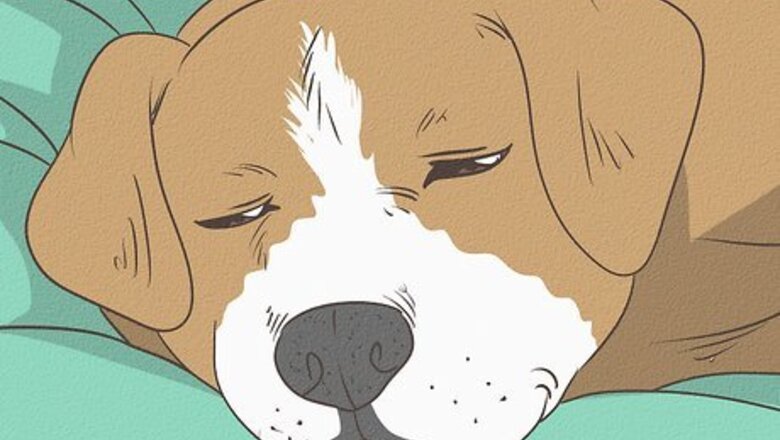
views
X
Research source
making it reasonable to believe that dogs actually do dream. Even though your dog cannot tell you in words what he’s dreaming about, you can observe his body language to gain a better understanding of his dreams.
Learning Your Dog’s 'Dream' Body Language
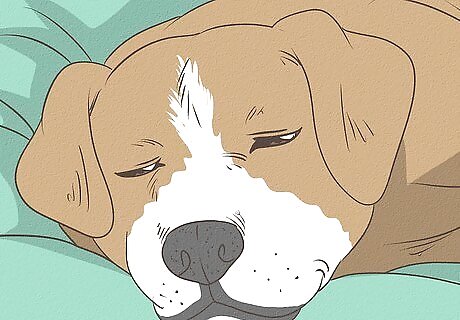
Learn the different sleep stages. Just like people, dogs have different stages of sleep: short wave sleep (SWS) and rapid eye movement (REM).REM is considered to be the “sleep of body,” when the body is relaxed but the mind is very active. Dogs dream during REM. SWS is known as the “sleep of the mind,” when brain activities have decreased, but muscle tone is still present. It would be somewhat difficult to wake up your dog during the REM sleep stage, but he would probably wake up more easily during SWS.
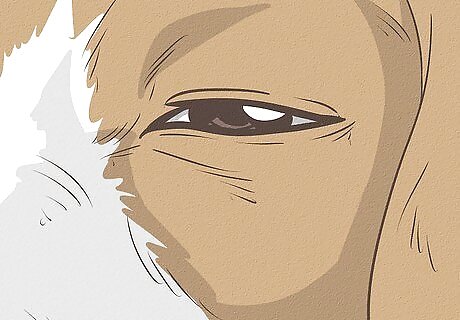
Observe your dog’s eye movements. Dogs tend to start dreaming about 20 minutes after they fall asleep.Rapid eye movement is one of the most obvious signs that your dog is dreaming. If you look closely enough, you may be able to see your dog’s eyes moving under his eyelids. This movement is due to your dog actually seeing his dream images as if they were happening in real life. Your dog’s eyes may be fully or partially closed when he is dreaming.
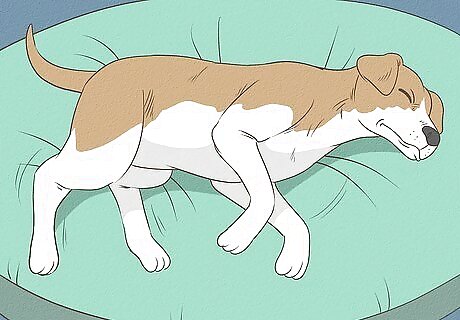
Watch your dog’s body movements. Quite naturally, dogs dream about typical dog activities (e.g., running,digging a hole and fighting with an imaginary burglar). His body movements when he is dreaming will likely reflect what is happening in his dream. For example, if he is running and/or chasing after something in his dream, you’ll probably see all of his legs moving in a running motion. Your dog’s movements will likely be gentle and intermittent when he is dreaming, even if he is ‘running.’ Your dog may also have occasional muscle twitches during his dream. These twitches will look jerky and will not last long. He will quickly fall back into a more relaxed state. Even though your dog may move occasionally while he is dreaming, his overall body posture will suggest that he is relaxed and at peace.
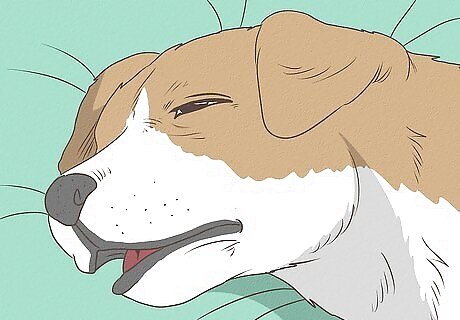
Listen to your dog’s vocalizations. Your dog may begin to make various noises when he is dreaming. For example, he may bark, whine, or cry, depending on what he is dreaming about. Usually, these vocalizations will be brief and infrequent, and will not wake him from his dream. Your dog may also breathe differently during a dream. For example, he may start to breathe rapidly or have brief periods when he holds his breath. Your dog’s breath may also become shallow.
Knowing What to do When Your Dog is Dreaming
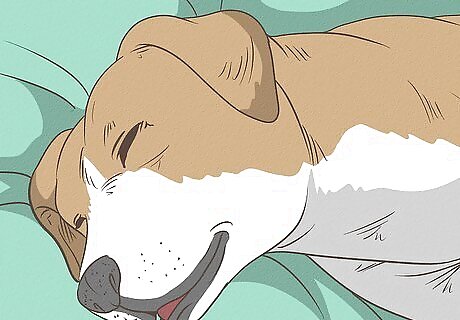
Do not wake up your dog when he is dreaming. As much you appreciate having uninterrupted sleep, your dog would also appreciate if you did not wake him up. Similar to human dreams, your dog’s dreams function to process and reorganize what he did during the day. By allowing your dog to sleep and dream uninterrupted, his brain will be better able to process information. A helpful saying to remember when your dog is dreaming is “Let sleeping dogs lie.” You may need to wake him up if he looks like he’s having a bad dream or nightmare (e.g., distressed-sounded vocalizations). If this is the case, gently call his name (without touching him) to wake him up. When he is awake, talk to him in a reassuring voice to help him calm down.
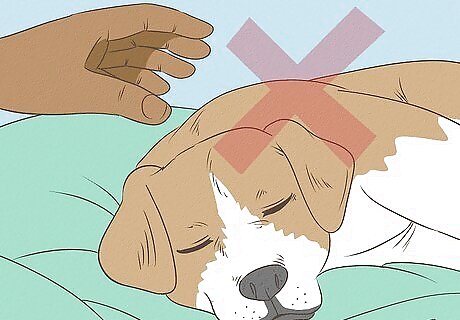
Do not touch your dog when he is dreaming. Depending on what your dog is dreaming about, he may be in a relatively active state when he is sleeping. If you try to wake him by touching him, he may react defensively and try to scratch or bite you. EXPERT TIP Colleen Demling-Riley, CPDT-KA, CBCC-KA, CDBC Colleen Demling-Riley, CPDT-KA, CBCC-KA, CDBC Canine Behavior Consultant Colleen Demling-Riley (CPDT-KA, CBCC-KA, CDBC) is a Canine Behavior Consultant and the Founder of Pawtopia Dog Training. With more than 20 years of experience, she specializes in creating and customizing dog management programs for dog owners. She is a Certified Pet Dog Trainer-Knowledge Assessed, Certified Behavior Consultant Canine-Knowledge Assessed, Certified Dog Behavior Consultant, and American Kennel Club Canine Good Citizen Evaluator. Colleen is a member of the International Association of Canine Professionals and has been a featured expert in national media including the New York Times, Woman’s Day, Readers Digest, Cosmopolitan, and Yahoo.com. Colleen Demling-Riley, CPDT-KA, CBCC-KA, CDBC Colleen Demling-Riley, CPDT-KA, CBCC-KA, CDBC Canine Behavior Consultant Don't touch a dog to wake them up. Touching a dreaming dog might startle them and cause them to accidentally bite you. Instead, use a unique sound or whisper their name. You can also shake their bag of treats to get their attention. If it's necessary to touch them, do so gently on their hindquarters while saying their name.

Learn what a seizure looks like. At first glance, your dog’s movements and vocalizations during a dream may look troubling, and you may wonder if he is having a seizure. Recognizing what a seizure looks like will help you determine if your dog is having a seizure or is just having a very active dream. For example, if your dog is having a seizure, his body will become stiff and he may begin to tremble heavily or have violent muscle activity. During a seizure, your dog may start to pant excessively and might vomit, urinate, or defecate. If your dog is having a seizure, his eyes may be wide open but have a blank stare. He might also begin to have loud, involuntary vocalizations (moaning, howling, screaming). These vocalizations might be very unsettling to you, but are not signs of pain and distress. Unlike a dream, your dog will likely lose consciousness if he is having a seizure. Because of this, he would not respond to you if you called his name. If your dog has had a seizure, he would be very disoriented and confused after regaining consciousness. This is different from a dream, which your dog would wake up from and not feel disoriented. If your dog is having a seizure, stay calm and stay away from his head and mouth. Clear away any item, such as furniture, on which he could injure himself. Even though he may be unconscious, talk to him in a soothing voice until the seizure ends. When the seizure ends, cool him down with a fan and call your veterinarian. Seizures require immediate medical attention.















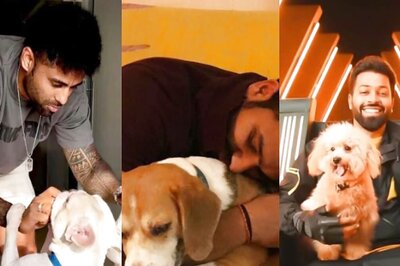



Comments
0 comment